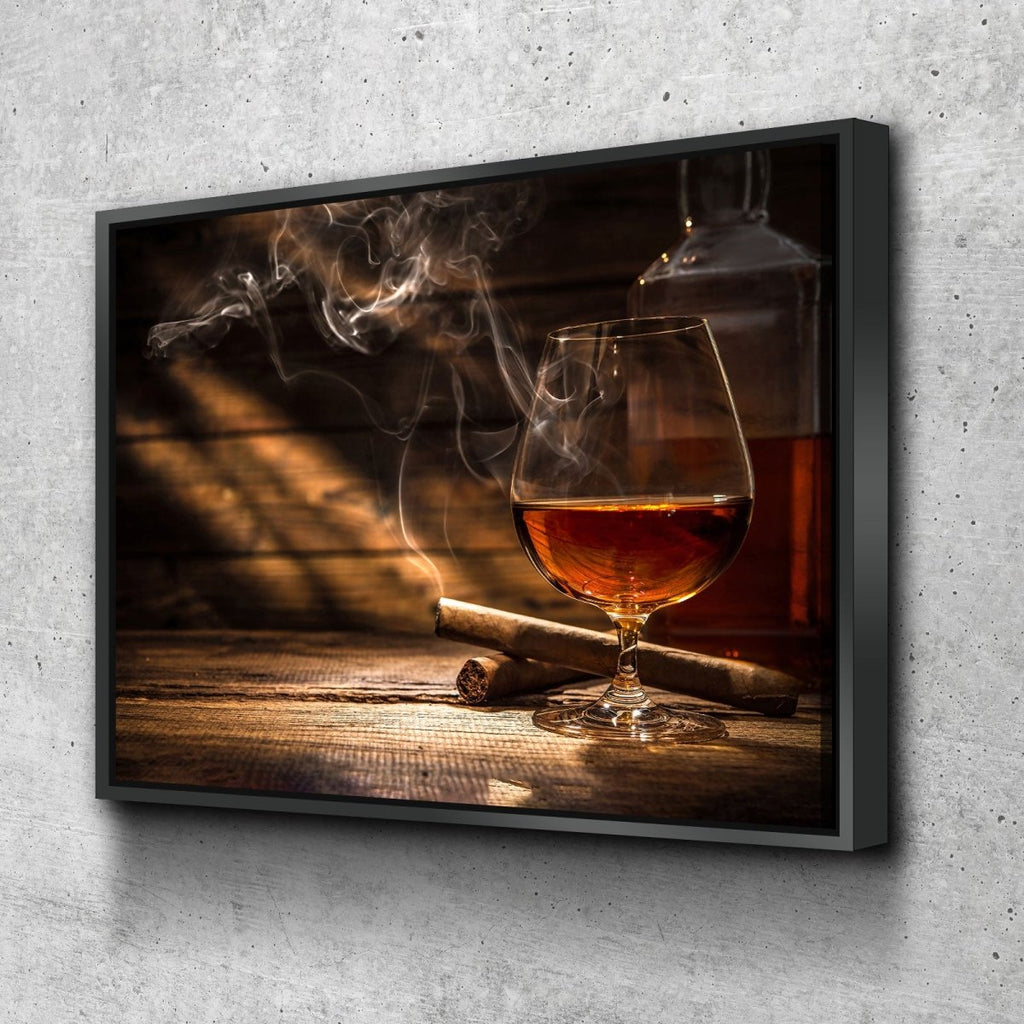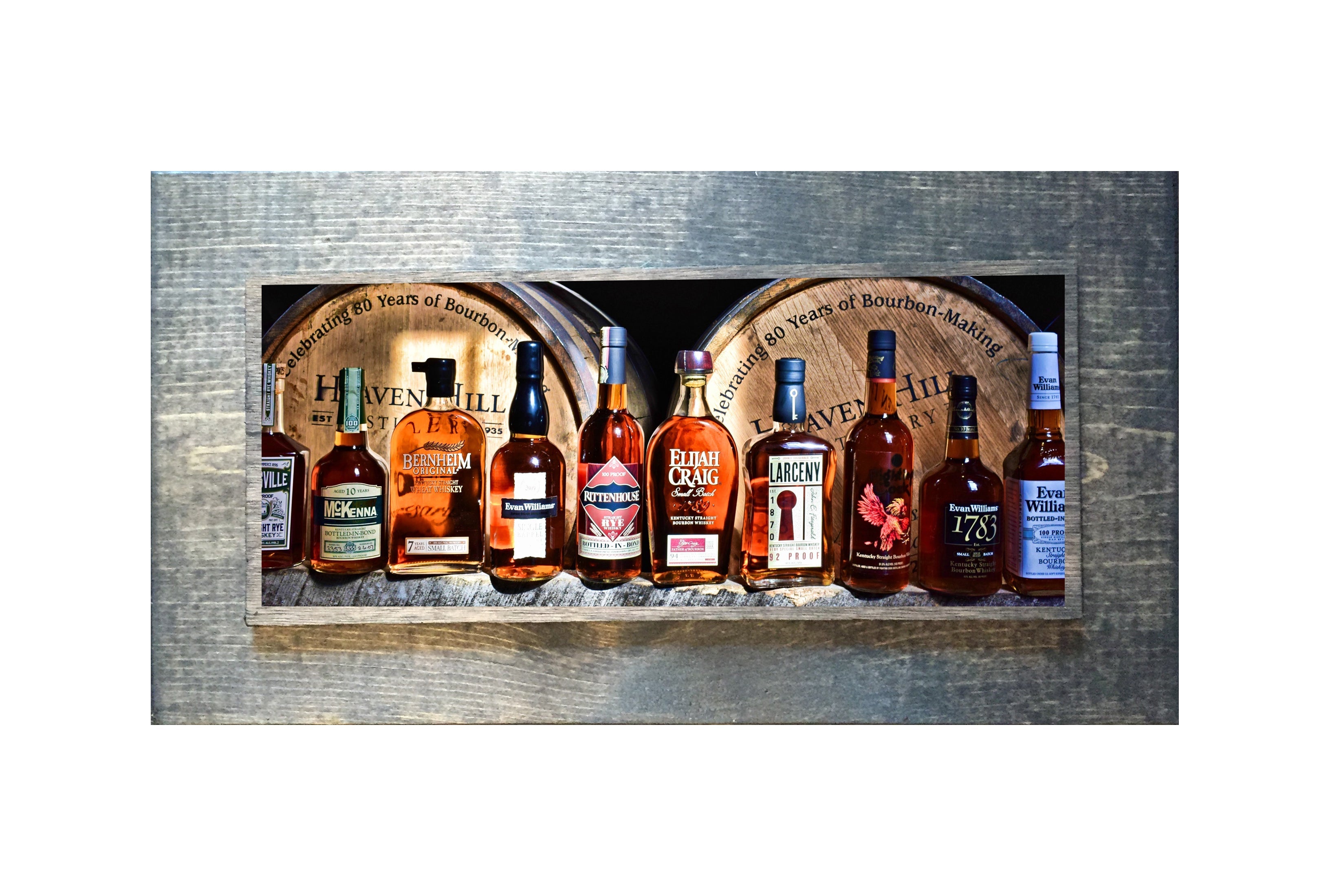Limited Edition Bourbon Art: Why Collectors Are Gathering to Distinct Finds
Limited Edition Bourbon Art: Why Collectors Are Gathering to Distinct Finds
Blog Article
The Importance of Whiskey Art in Celebrating Heritage and Workmanship in the Beverage Industry
The elaborate connection between bourbon art and the celebration of heritage and workmanship within the beverage market can not be overstated. Through thoughtfully made tags and bottles, whiskey brands envelop their historical roots and the artisanal skills that define their manufacturing methods.
The Historical Roots of Whiskey
At the heart of bourbon's attraction exists a rich tapestry of historic origins that map back to old civilizations. The origins of bourbon can be linked to the distillation practices of the Sumerians and Babylonians around 2000 BCE, where early forms of fermented grain beverages started to emerge. It was in the Center Ages that the art of distillation advanced considerably, specifically in Ireland and Scotland, leading to the creation of whiskey as we know it today.
The term "bourbon" itself derives from the Gaelic word "uisce beatha," suggesting "water of life." This expression emphasizes the social importance of scotch in Celtic societies, where it was typically related to routines, parties, and common bonding. By the 15th century, distillation became an identified craft within monastic communities, leading the way for the facility of legal distilleries.
As trade courses broadened, scotch's popularity grew, transcending regional limits and catching the rate of interest of aficionados worldwide. Whiskey Art. This historic trip mirrors not just the craftsmanship behind bourbon production but additionally its indispensable duty in social and social contexts, marking it as a substantial drink throughout background
Artistic Expression in Branding
Whiskey branding stands as an engaging junction of creativity and business, where visual identification plays a crucial role in shaping customer understanding. The aesthetics of whiskey labels, product packaging, and advertising and marketing products show not only the brand name's story but also its core worths and heritage. With artistic expression, distilleries share a story that resonates with customers, evoking feelings and sparking links.
Using color, typography, and images in branding offers to distinguish items in a saturated market. Typical themes may stimulate a feeling of credibility and workmanship, while modern designs can indicate advancement and forward-thinking. This strategic creative instructions boosts brand name recognition and loyalty, enabling customers to create a personal connection with the bourbon they pick.
In addition, imaginative expression in branding typically serves as a party of local heritage. Distilleries regularly integrate neighborhood icons or historical referrals into their designs, creating a local color that invites customers to engage in a wider cultural experience. Ultimately, the creativity behind scotch branding not only boosts visual charm however likewise improves the total narrative of the brand, fostering a much deeper appreciation for the craftsmanship and heritage embedded in each container.
Craftsmanship in Bottle Design
The creativity evident in scotch branding extends past visual identity to include the workmanship associated with bottle layout. Each bottle acts as a vessel not simply for the spirit within, but also for the story it informs concerning its tradition, top quality, and beginning. The style process requires meticulous interest to information, as components such as product, closure, and shape contribute dramatically to the total perception of the whiskey.
Workmanship in container style entails selecting top quality glass that can boost the whiskey's shade and quality, while additionally offering a responsive experience for the consumer. The silhouette of the container need to be both practical and cosmetically appealing, frequently showing the heritage of the brand name. Many distilleries go with unique shapes or embossed logo designs that stimulate a feeling of authenticity and history.
Moreover, the tag design and typography play an important role in interacting the brand name's narrative. Bourbon Art. A well-crafted bottle not only astounds the consumer's eye yet likewise strengthens the brand name's commitment to high quality and custom. This way, the workmanship of bottle design ends up being an important element of the whiskey experience, merging artistry with a profound respect for heritage
Cultural Importance of Scotch Art
Commemorating practice and workmanship, the cultural importance of whiskey art goes beyond plain appearances, intertwining with the historical and social narratives of the areas from which it stems. Each bottle acts as a canvas, portraying the one-of-a-kind tales, folklore, and practices that have actually formed regional whiskey-making techniques. The intricate styles frequently mirror the heritage of the distillers, incorporating icons and concepts that reverberate with the society and worths of their communities.

Additionally, scotch art plays an essential duty in public celebrations and events, working as a substantial web link in between people and their shared experiences. By appreciating the artistry in bourbon packaging, customers grow a much deeper understanding and regard for the craft, eventually enhancing their pleasure of the drink itself.
Modern Trends in Scotch Discussion
In current years, the presentation of whiskey has actually advanced to reflect modern preferences and fads while still honoring standard workmanship - Realism Art. Distilleries are progressively concentrating on aesthetic elements that enhance the general alcohol consumption experience, bridging the gap between heritage and modernity
Ingenious container designs have actually arised, typically incorporating sustainable go to this web-site products and artistic tags that tell engaging stories. Lots of brand names now work together with local artists, infusing her latest blog their items with special visual expressions that reverberate with customers. Additionally, limited-edition releases are often packaged in collectible containers, including worth and allure for lovers.

Conclusion
To conclude, whiskey art functions as a vital conduit for expressing the heritage and craftsmanship fundamental in the drink market. Through detailed branding, cutting-edge bottle designs, and culturally substantial artistic elements, scotch brand names efficiently recognize their practices and get in touch with customers. This artistic narrative not only elevates the appreciation of bourbon however likewise enhances neighborhood identification and satisfaction amongst manufacturers. Eventually, whiskey art plays a crucial function in preserving and commemorating the abundant social tapestry of whiskey-making.


Craftsmanship in container layout involves selecting high-grade glass that can improve the bourbon's color and clearness, while additionally supplying a tactile experience for the consumer. In this means, the craftsmanship of container layout ends up being a crucial element of the whiskey experience, merging creativity with a profound respect for heritage.
In final thought, bourbon art offers as an important channel for expressing the heritage and workmanship intrinsic in the drink market.
Report this page